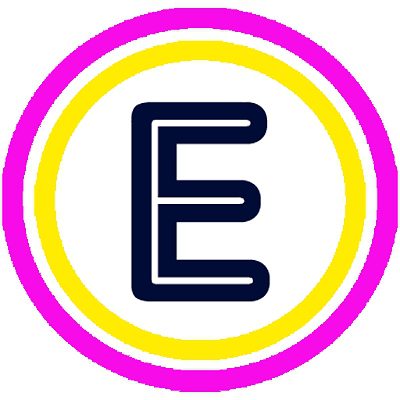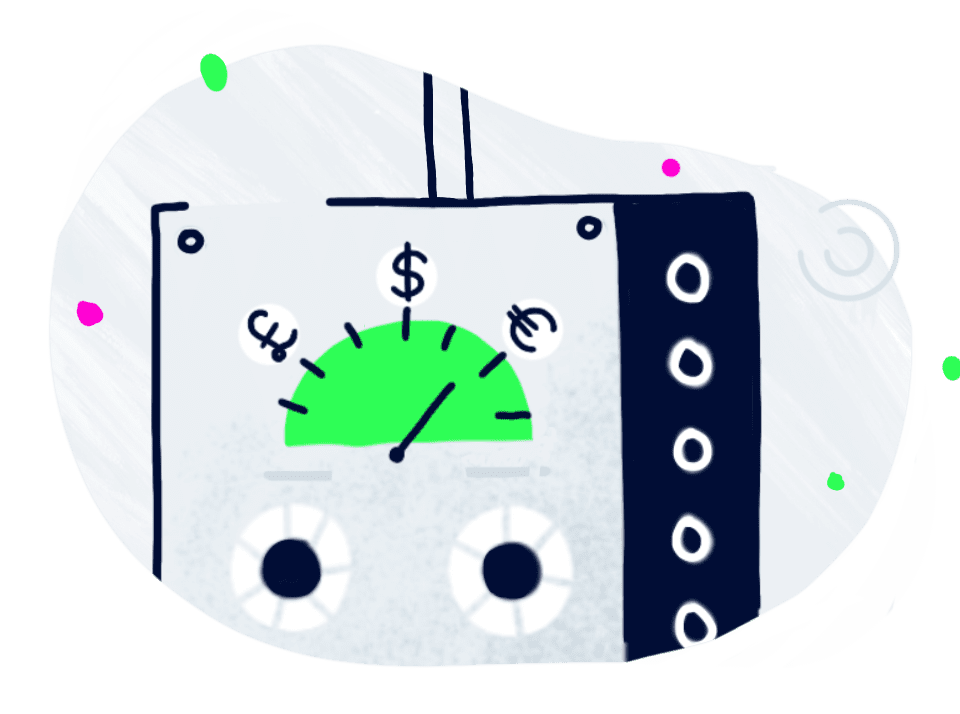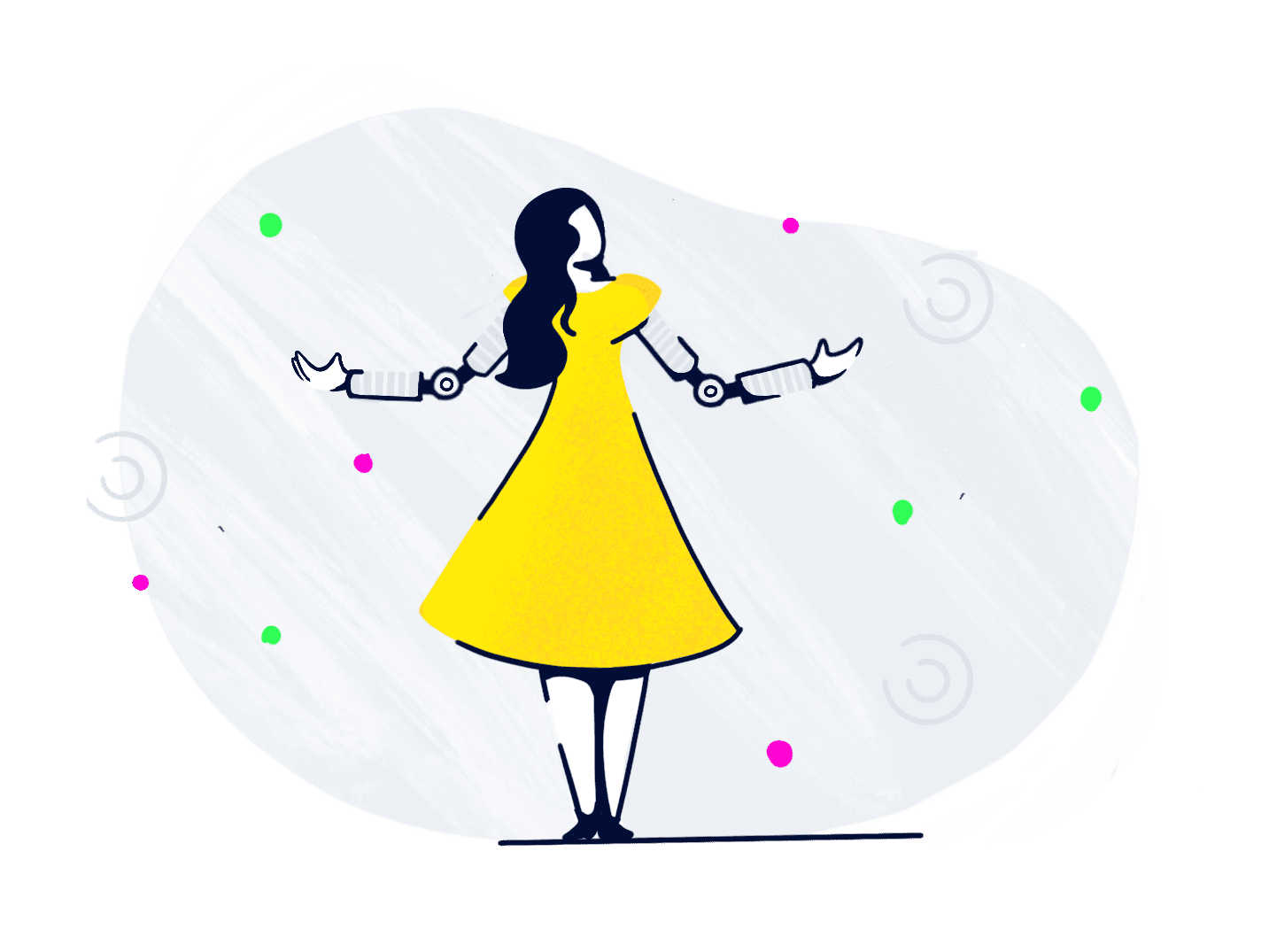Donations are an excellent way to support creative works. Whether you’re making a show, podcast, video series or livestream, taking donations can provide the income you need to keep doing what you do, while also maximising your audience.
For example, you might:
- Use Ko-Fi to let your audience donate the cost of a coffee if they enjoy your blog
- Use Patreon to take regular donations, with perks for donors at different levels
- Use Donorbox to manage pay-what-you-feel tickets for a charity show
- Use Gumroad to let your audience set their own price for your eBook or video series
All of these methods of taking donations are great – they’re user-friendly and simple to implement, and using any one of them will mean that being short on cash will never stop your audience from enjoying your work. For creative projects, the flexibility and openness of donations is a brilliant way to go.
As great as donations are, however, they’re not always simple.
Income from donations can fluctuate wildly from month to month. Managing perks can be overwhelming. And, in any event, how do you persuade your audience to donate to your project in the first place?
Here, then, are seven simple, actionable things you can do – whether you’re working on a webseries or a one-shot – to make the most of donations.
Have Reasonable Expectations
The number and size of donations you’ll get for your project depends on many things. First and foremost, it’s linked to the size of your audience. How many enthusiastic readers, listeners, or followers do you currently have? If it’s less than 1,000 you may wish to focus on building your audience before enabling donations.
Make it Easy to Give
Each hoop a potential donor has to jump through in order to support your project is a chance for them to change their mind. To stop this from happening, make it as easy as possible to give.
Can your donors give through PayPal? What about with their credit cards via Stripe? How long is the donation process, and do you ask for any unnecessary information during it? Simplify, and you’ll almost certainly see your donations increase.
Offer a Guide Price
One of the very best things you can do to maximise donations is to set a suggested amount. This leaves people free to pick how much they donate, but still gives them an idea of the value of your work. In many cases, when it comes to supporting creative projects, people actually prefer to have a guide price to help them determine how much to donate.
You don’t have to be too specific, either. You can ask people to donate “the price of a cup of coffee”, or “the price of a pint once a month”. You may be surprised by just how many people follow this advice – something which will help you plan ahead when it comes to your donation income.
Tell Your Audience What it’s For
It’s also a great idea to let people know how their donations are being used. Do they help you buy equipment, book tours, or film more episodes? Clarity and transparency are reassuring to anyone thinking of donating, and being open about how the money is spent helps your audience understand the costs involved in doing the work you do. Tell your audience what their donations are for and you’ll find them much more likely to donate.
Thank Your Donors
What will the experience of donating to support your project feel like for a donor? A thank you note for anyone making a donation is a very simple gesture to implement, but one which makes a disproportionate difference to how people feel about having done so.
You can also thank donors in the credits of your project. This is a common practise for crowd-funded projects. Not only does it make donors feel good about their decision, it also encourages further donations from your audience.
Stay in Touch
Someone who donates to support your work is someone who believes in the work you’re doing. They’re a potential fan… but we all lead busy lives. If you never engage with that fan again after they make a donation, that’s probably the only donation you’ll ever receive from them.
A thank you note is a good starting point, but you can do so much more. Consider establishing a donor mailing list, where you deliver updates on your project to people who have supported it. Platforms like Patreon have this kind of functionality built right in.
Think Hard About Perks
Perks are a superb way to encourage higher donation amounts, and to keep people engaged. Often-used perks include:
- Personalised thank-you notes
- Limited edition prints
- Early access to episodes
- Merchandise like buttons or t-shirts
- Extra episodes or bonus content
When you first start taking donations it’s tempting to offer a smorgasbord of amazing perks to encourage people to support you. Bear in mind, however, that each perk you offer represents work and organisation that you’ll have to do down the line.
When you decide on any perk, imagine for a moment how you would feel if you received just one donor at that level, and how you would feel if you received 1,000. Could you manage to fulfil the perk in both scenarios? How many hours of extra work would you have to do? Thinking hard about the perks you offer helps preserve your valuable time as a creator, but also means that your supporters get what they sign up for. Everyone wins!
In Conclusion
Is your project ready to start taking donations now? Will it be in the future? Can you do your next show on a pay-what-you-feel basis? Whatever you make and whatever your situation, I encourage you to consider donations as a way of making things work.






